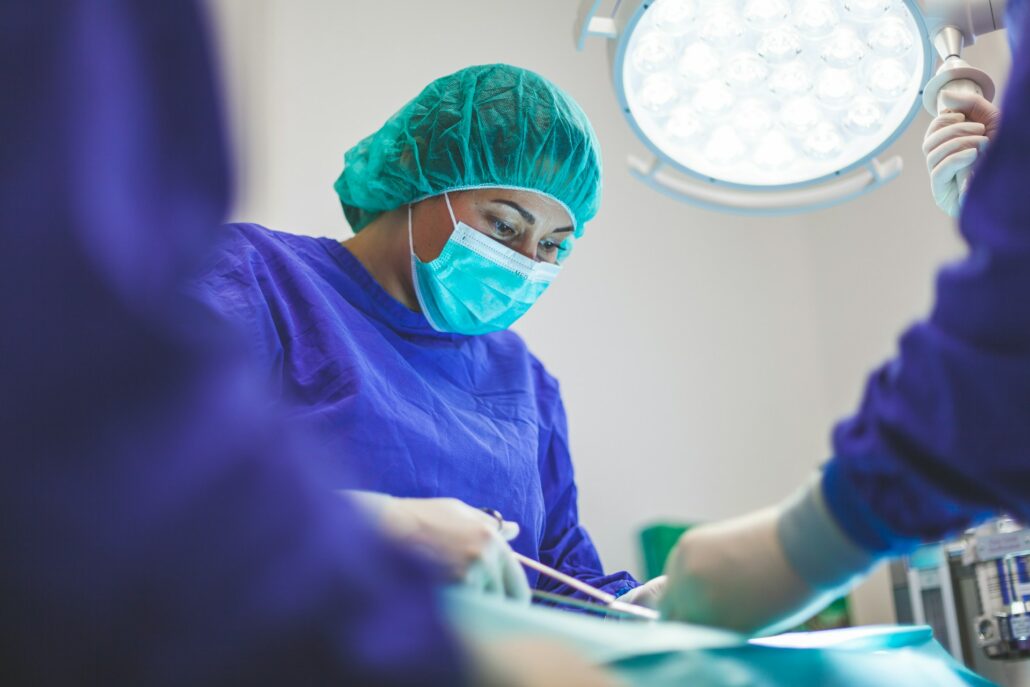How to Effectively Set Up a Post-Market Surveillance for EU Medical Devices Regulations
The European Union (EU) has strict regulations for medical devices to ensure their safety and effectiveness once they reach the market and are used by patients. A key requirement is for manufacturers to have an effective post-market surveillance system in place. Here is a guide on how to set this up in accordance with EU regulations.
Understand Post-Market Surveillance Requirements
Under the EU Medical Device Regulations (MDR), manufacturers are legally responsible for monitoring the safety and performance of their medical devices once they are on the market. This is known as medical device post market surveillance in EU.
The aim is to quickly identify any issues or adverse events so that appropriate actions can be taken. This includes having processes for receiving complaints and feedback from users, proactively gathering clinical data, and reporting any serious incidents or field safety corrective actions.
You must have a post-market surveillance system proportional to the risk class and lifecycle stage of the device. Higher risk devices like implants require extensive long-term surveillance.
Develop a Post-Market Surveillance Plan
A comprehensive written plan should outline your post-market surveillance processes and activities. This is part of your Quality Management System documentation.
The plan should cover:
- Objectives and methods for gathering post-market data. Define both passive and active surveillance methods.
- Process for investigating complaints and user feedback. Outline investigation protocols and follow-up actions.
- Tools and protocols for analysing data. Select appropriate statistical analysis tools.
- Criteria for incident reporting. Classify reportable events based on severity and frequency.
- Risk management methodologies. Integrate with your overall risk approach.
- Responsibilities of personnel involved. Specify key roles like complaint handler and data analyst.
- Timelines for review and required reporting. Set schedules for data analysis and reporting.
Consult relevant guidance documents like MEDDEV 2.12-1 when developing your plan.
Collect Post-Market Data
You must proactively collect post-market data on your devices from a variety of sources over their lifetime.
This includes:
- Complaints and user feedback – Have processes to record and analyse customer complaints, user surveys, warranty claims, etc. Cover all regions where the device is sold.
- Published literature – Conduct periodic reviews of published studies and reports related to your device. Search databases like PubMed regularly.
- Patient registries – Contribute data to registries to enable long-term surveillance. Identify relevant disease registries to participate in.
- Post-market clinical studies – Conduct additional studies to gather more data on safety and performance. Follow-up studies may be warranted for high-risk devices.
Monitor and Investigate Safety Issues
Actively monitor all the post-market data to identify any emerging trends or safety issues. Define risk-based criteria for determining if incidents are reportable under the MDR.
Have protocols to fully investigate complaints or adverse events. Analyse the root cause and assess if any corrective actions are needed, like product updates, user notifications, or recalls.
Any serious safety issues or product recalls must be reported to regulatory authorities per MDR Article 87 requirements.
Regularly Analyse and Review the Data
The post-market surveillance plan should specify how frequently data analysis and risk reviews will be conducted. Conduct periodic analysis and trending of aggregated post-market data to monitor safety and performance.
Present findings and recommended actions at management reviews. The output should feed into risk management and product improvement processes. Maintain records of all data reviews.
Ensure Appropriate Resources and Skills
Sufficient resources and personnel with appropriate skills must be allocated to operate the surveillance program. This includes statistical analysis competency.
If any activities like data collection or evaluation are outsourced, proper supplier controls and agreements must be implemented per MDR requirements.

Utilise Technology and Automation
Leverage technology and tools to automate aspects of post-market surveillance. For example, use software to aggregate and analyse complaint data to identify trends. Or integrate real-world data from connected devices.
Artificial intelligence can help detect safety signals and predict emerging issues from large datasets. This enables proactive risk mitigation.
Collaborate with Notified Bodies
For high-risk devices, collaborate closely with the Notified Body reviewing your Quality Management System. Ensure your post-market surveillance plan meets their expectations.
Consider their input when investigating incidents and planning corrective actions. Maintain compliance throughout the device lifecycle.
Work with an Expert
Setting up an effective post-market surveillance system for medical devices is complex and requires specialised expertise. Working with an experienced consultant or partner can be invaluable.
They have in-depth knowledge of the regulatory requirements and can guide you in developing a robust surveillance plan tailored to your device risk class and intended use. Expert support ensures you implement appropriate data collection methods, analytics, reporting protocols and corrective action procedures.
They can also advise on leveraging technologies like AI for safety monitoring. With a competent expert advisor, manufacturers can feel confident their post-market surveillance program will meet EU MDR expectations and promote patient safety.
An effective post-market surveillance system is vital for medical device manufacturers to remain compliant with EU regulations. By proactively gathering data from multiple sources, monitoring for issues, investigating incidents, and regularly reviewing the data, manufacturers can ensure the continued safety and performance of their devices on the market.
A well-documented plan, adequate resourcing, skilled personnel, and leveraging technology are key to success.
please make a donation here
Hot news
Top Hungary news: Austria closes border with Hungary, domestic violence, New York Café nighttime opening, EUR/HUF low — 27 November, 2024
Hungarian deputy PM: Every Hungarian vote is needed in Romania election
Three Ukrainian men rescued from freezing Tisza River in Hungary while attempting to flee mobilisation
Hungarian banking system declared stable and highly profitable in latest central bank report
Breaking: Forint hits new low against the euro as exchange rate surges past 413
Hungary eases prison visit rules, allowing more humane family reunions




